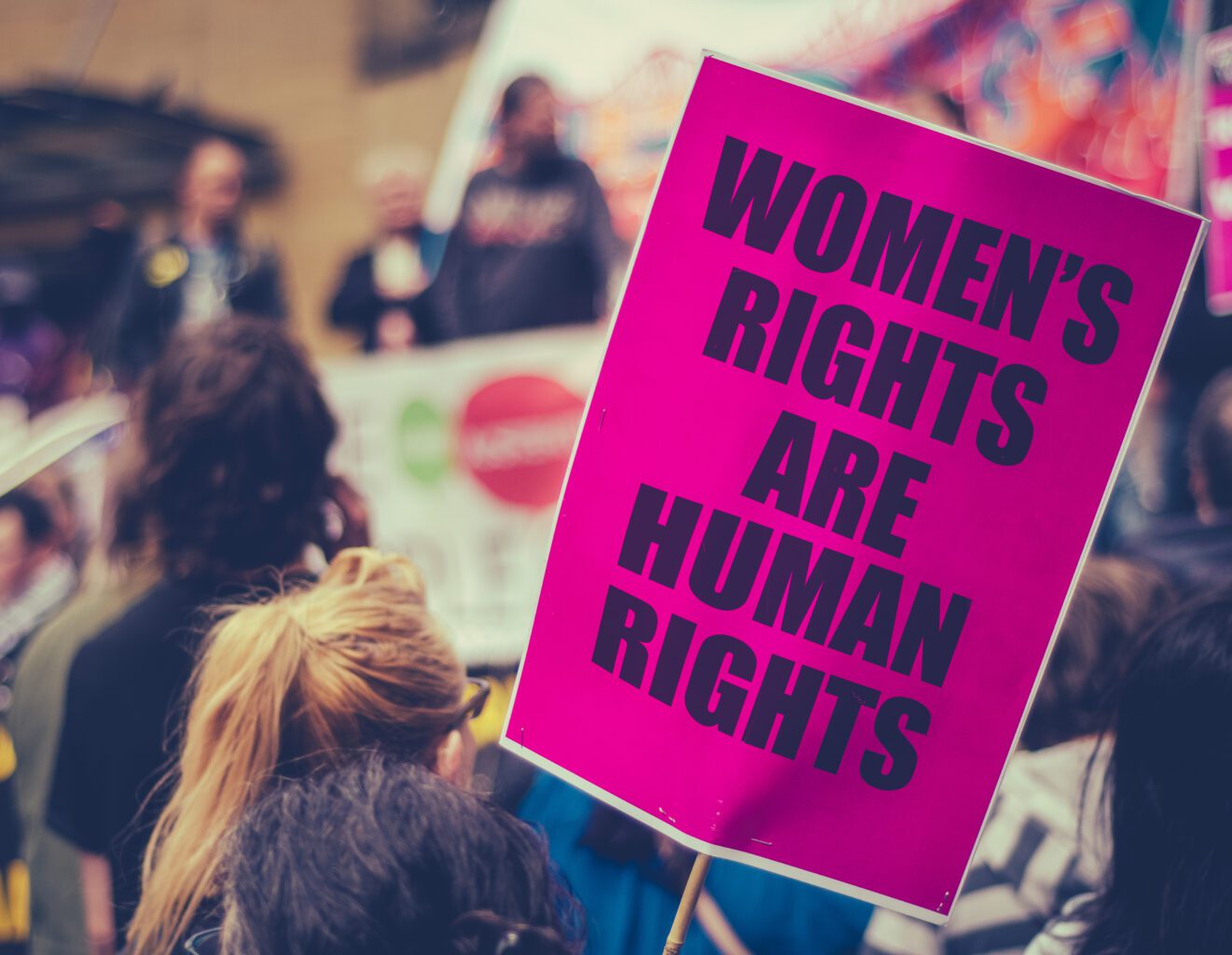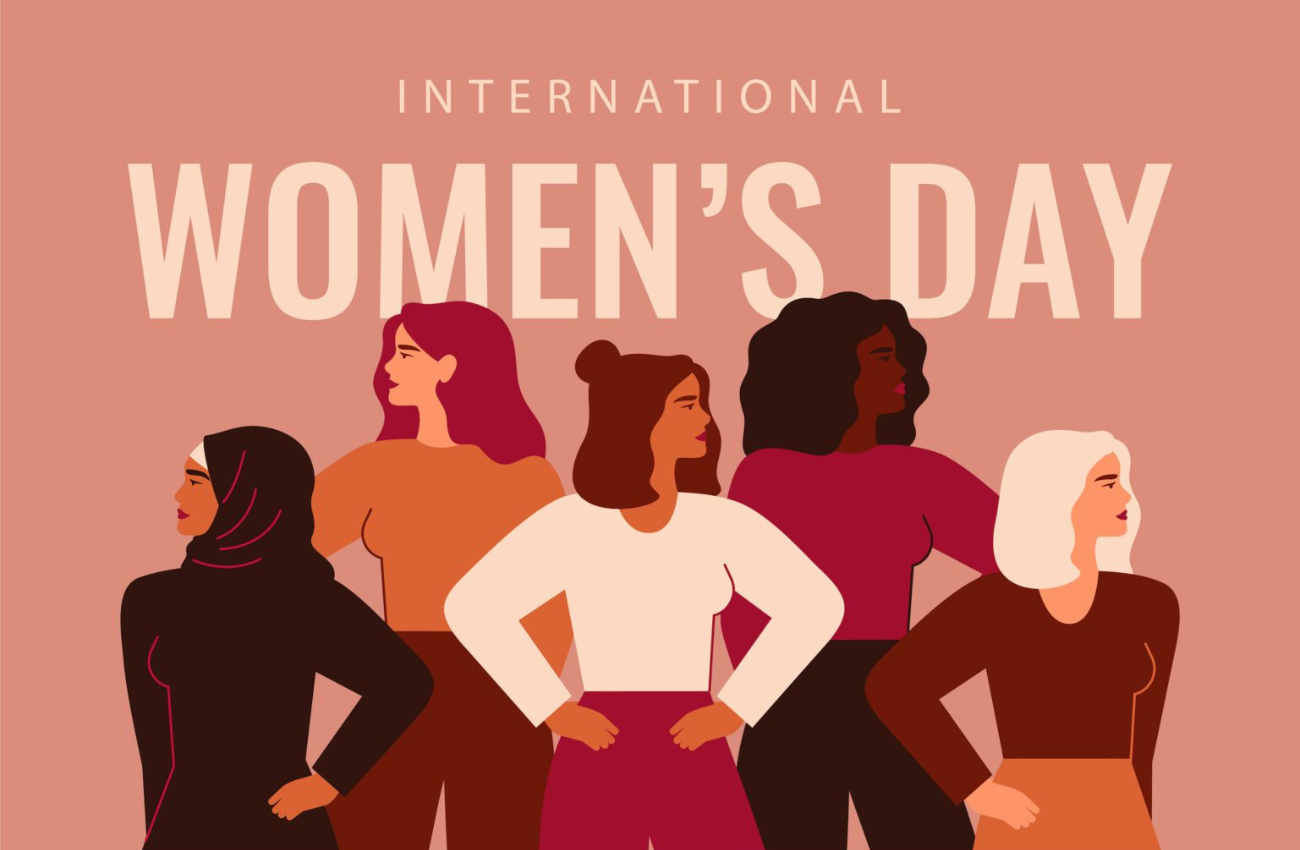International Women’s Day is one of the biggest days of the year for women around the world. Globally, groups and individuals unify to celebrate and support women. Whether you want to know more about the history of International Women’s Day or International Women’s Day events, we’ve got everything you need to know about this special day for women in everywhere.
International Women’s Day 2023
What is International Women’s Day?
International Women’s Day (IWD) is a global celebration on March 8th celebrating the achievements of women in society, economics, culture, and politics. In addition to raising awareness about the ongoing struggles women face in achieving gender equality, it is a day of advocacy for women’s rights.
While Women’s Day has become a celebration of the achievements of women in society, politics, and economics; protests and strikes are held to raise awareness of the inequality women still face today.
How did International Women’s Day start?
International Women’s Day was first celebrated in 1911, and has since become a worldwide symbol of women’s rights and activism. In celebration of women’s achievements and gender equality, various events are held, including marches, rallies, conferences, and cultural programs.
The International Women’s Day movement grew out of the labour movement to become a recognised UN (United Nations) event. The seeds of a National Woman’s Day began in 1908 when 15,000 women marched through New York City demanding shorter working hours, better pay, and the right to vote.
But the woman behind the idea of an International Women’s Day was Clara Zetkin. Clara Zetkin was German Marxist theorist, communist activist, and advocate for women’s rights who came up with the idea of making it an international day in 1910. 100 women from 17 countries attended the International Conference of Working Women in Copenhagen in 1910, and they unanimously agreed on her suggestion.
Why do we celebrate women’s day on March 8th?
International Women’s Day is celebrated on March 8th to commemorate the contributions and struggles of women throughout history but there was originally no fixed date.
It is credited to the Russian women’s movement that March 8th was chosen as the official date of International Women’s Day. It was March 8, 1917, when Russian women marched through Petrograd (now Saint Petersburg) demanding better working conditions, the right to vote, and an end to World War I. As a result of the strike and subsequent demonstrations, Tsar Nicholas II abdicated and the first Russian Women’s Day Committee was formed.
The date of Women’s Day wasn’t formalised until after this war-time strike in 1917 when the Russian women demanded “bread and peace”. Four days into the strike the Tsar was forced to abdicate and the provisional government granted women the right to vote.
The United Nations officially recognised March 8th as International Women’s Day in 1975, and since then, it has been celebrated worldwide every year. It serves as a reminder of the ongoing work to achieve gender equality and has become a symbol of women’s struggles for equality and recognition.
What is the purpose of International Women’s Day?
The purpose of the annual event is to commemorate the achievements of women, ranging from social, economic, cultural, and political fields, as well as advocate gender equality, women’s rights, and female empowerment.
Women’s Day serves as a reminder of the ongoing struggles women face worldwide, such as gender-based violence, unequal access to education, healthcare, and employment, and political underrepresentation. As a result, it raises public awareness about these issues and encourages policies and actions to support women’s rights and gender equality.
Additionally, Women’s Day recognises the intersectionality of gender with other identities such as race, ethnicity, class, sexuality, and ability, which celebrates the diversity of women’s experiences. Regardless of her background or circumstances, all women should have equal access to resources and opportunities in a society that is more inclusive and just.
The purpose of International Women’s Day is to improve gender equality by celebrating the achievements of women, past and present. It is also a day to reflect on progress made towards gender equality and identify areas for improvement.

What is the colour for women’s day?
The official colour for International Women’s Day is purple. The colour purple is associated with dignity, justice, and empowerment, and it has been used as a symbol of women’s rights and gender equality since the early 1900s.
According to the International Women’s Day website, green and white as well as purple are the colours of International Women’s Day.
These colours follow those of the suffragette movement and the Women’s Social and Political Union (WSPU) in the UK in 1908. Votes for Women co-editor Emmeline Pethick-Lawrence came up with the idea of the Suffragette colours. Purple represented loyalty and white meant purity while green symbolised hope.
The suffragette movement in the early 20th century in the United Kingdom adopted purple, along with white and green, as their official colours, which represented loyalty, purity, and hope, respectively. Since then, purple has become widely recognised as the colour of International Women’s Day, and it is often used in campaigns and events related to women’s rights and gender equality.
How do we celebrate International Women’s Day?
International Women’s Day (IWD) is celebrated globally in different ways, including:
- Organising rallies, marches, and protests to raise awareness about women’s rights and gender equality issues.
- Hosting conferences, seminars, and workshops to discuss topics related to women’s empowerment, leadership, and advancement.
- Sharing stories of inspiring women who have made significant contributions to their communities or the world.
- Hosting cultural events such as music, dance, and theatre performances that celebrate women’s achievements.
- Organising social media campaigns, hashtags, and challenges to raise awareness about women’s issues and promote gender equality.
- Giving awards and recognition to outstanding women in various fields to acknowledge their contributions and inspire others.
- Participating in community service and volunteering to support organisations that promote women’s rights and empowerment.
- Educating people about gender equality issues through films, documentaries, and other educational materials.
The goal of celebrating Women’s Day is to raise awareness about women’s issues, promote gender equality, and celebrate the achievements and contributions of women around the world.
IWD is celebrated in different ways around the world and is a national holiday in many countries, including Russia where flower sales double during the three or four days around March 8th.
In China, many women are given a half-day off work on March 8th, as advised by the State Council.
A mimosa blossom is traditionally given to celebrate International Women’s Day in Italy, which is known as la Festa della Donna. The tradition is believed to have originated after World War II in Rome.
In the US, the month of March is Women’s History Month. A presidential proclamation issued every year honours the achievements of American women.
The UK celebrate International Women’s Day with many organised marches, talks and workshops for women.
When is International Women’s Day 2023?
International Women’s Day 2023 is on Wednesday 8th March 2023.
What is the meaning behind the International Women’s Day themes?
Women’s Day themes vary each year to reflect the current issues and challenges facing women around the world. Common themes include gender-based violence, equal pay, political representation, reproductive rights, and education.
The first theme adopted by the UN (in 1996) was “Celebrating the Past, Planning for the Future”.
What is the theme for International Women’s Day 2023?
The International Women’s Day website – which says it’s designed to “provide a platform to help forge positive change for women” – has chosen the theme #EmbraceEquity with organisers and events seeking to “challenge gender stereotypes, call out discrimination, draw attention to bias, and seek out inclusion”.
The UN’s theme for 2023 is “DigitALL: Innovation and technology for gender equality”. The theme recognises and celebrates the contributions women and girls are making to technology and online education.
IWD will also examine the impact of the digital gender gap on gender inequality for women and girls this year, since the UN estimates that if action is not taken, women will not be able to access the online world by 2025, causing a $1.5 trillion loss to their economies.




